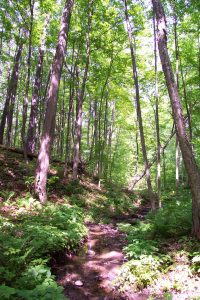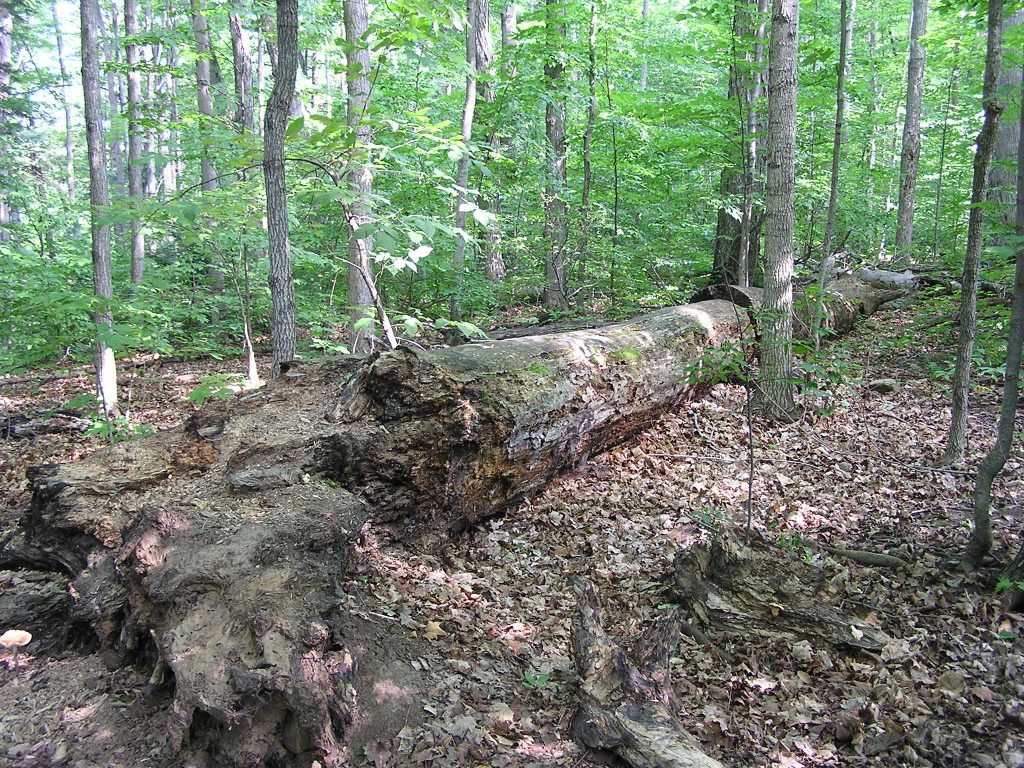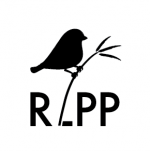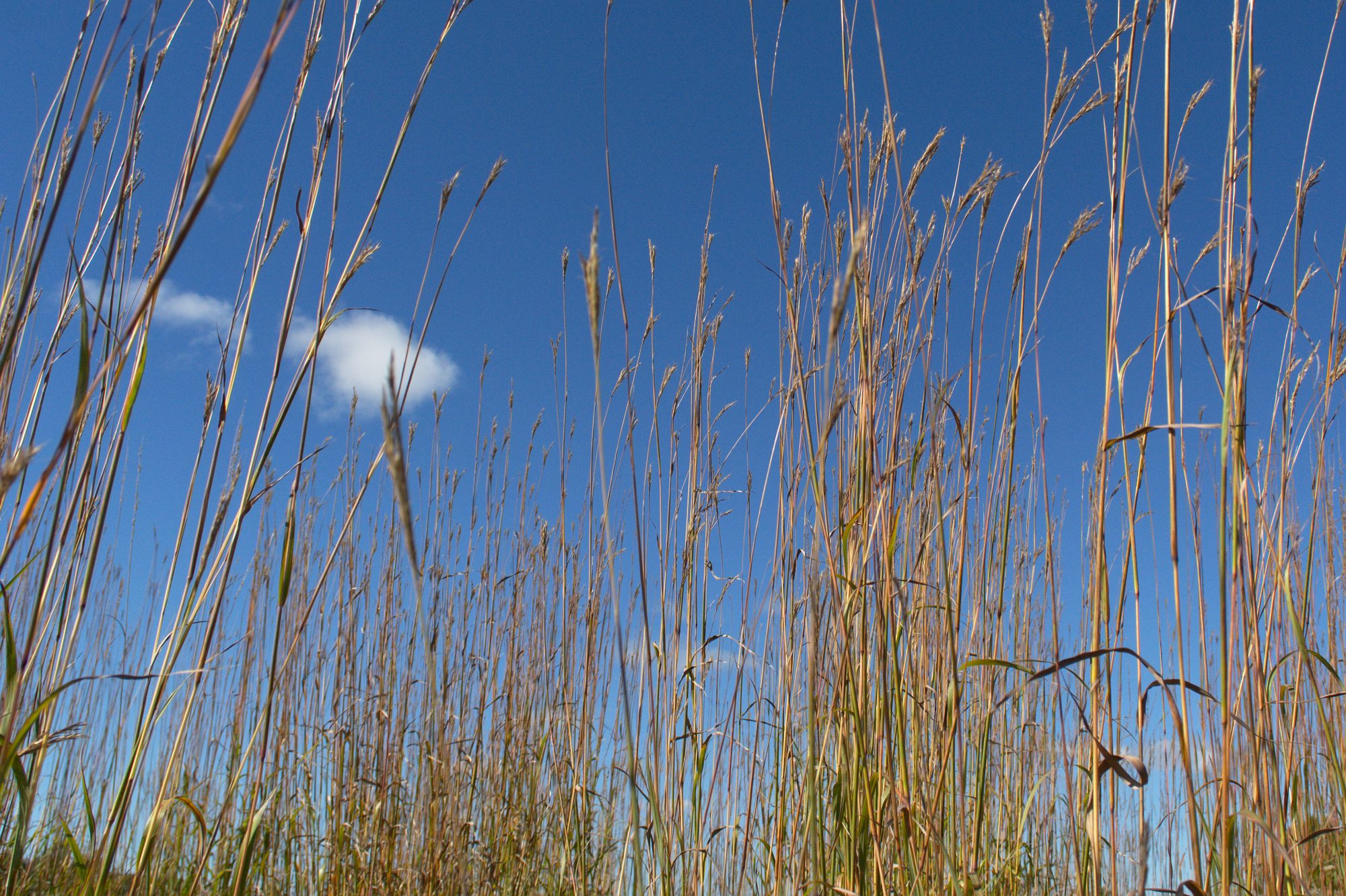Erica Barkley
Ontario Parks
Assistant Ecologist – Southeast Zone – Ontario Parks

This is a common question. A forest may have large trees, but is it TRULY old growth? There is no single definition for old growth forests in Ontario since forests are all so different. In some cases, old growth may refer to undisturbed forests that stand untouched over a long period of time. Others say tree age is a more defining feature of old-growth. While counting tree rings can help age a forest, here are a few easy features anyone can look for while walking through old-growth woods:
- Large Trees. Old growth forests may have trees more than 50 cm diameter in size, but sometimes older trees can be picked out by features other than size.
- Old Trees may have bark balding on the trunk at eye level. Old trees can also look like a stalk of celery with very little crown and a very straight trunk that has little taper from the bottom to the top.
- Lots of Standing Dead Trees (snags) and trees with lots of holes (cavities) are signs of an older forest.
- Lots of Fallen Dead Trees, affectionately known by ecologists as downed woody debris, is also a good sign of an older forest, especially when you have trees at different stages of decay; are some being held up by perched branches while others look like they’re being overtaken by the ground, with moss and decomposers working their magic to turn the tree into soil? This may be a sign of an older undisturbed forest.
- Uneven Forest Floor. Is the ground flat and level, or are there pits and mounds everywhere? Once those fallen trees break down, they create a mound of new soil and new nutrients. The space between these mounds act as pits where water may pool and different species may grow. The more a forest is left to age and decay, they more you’ll see this pit and mound topography.
- ‘Climax’ species are found in older forests. Watch for White Pine, Sugar Maple, Eastern Hemlock, Yellow Birch, and American Beech.
- Trees of different sizes and ages. When older trees are left to die and fall naturally, they make gaps in the forest. More sunlight is available for new young trees to grow among the older trees.
- Look for Lichens. Are you seeing a lot of lichen? How many lichen species can you find? New research suggests more lichen might mean you’re in a forest that has been there for a long time. Snap a photo and share it with lichen experts on www.inaturalist.ca. Other species of birds and mammals are often used as indicators of old-growth.
In the Rice Lake Plains, Peter’s Woods Provincial Park has a great example of an old-growth forest. Walk the nature trail and see how many of these features you can find!

Photo by Mark S, Burnham Provincial Park

